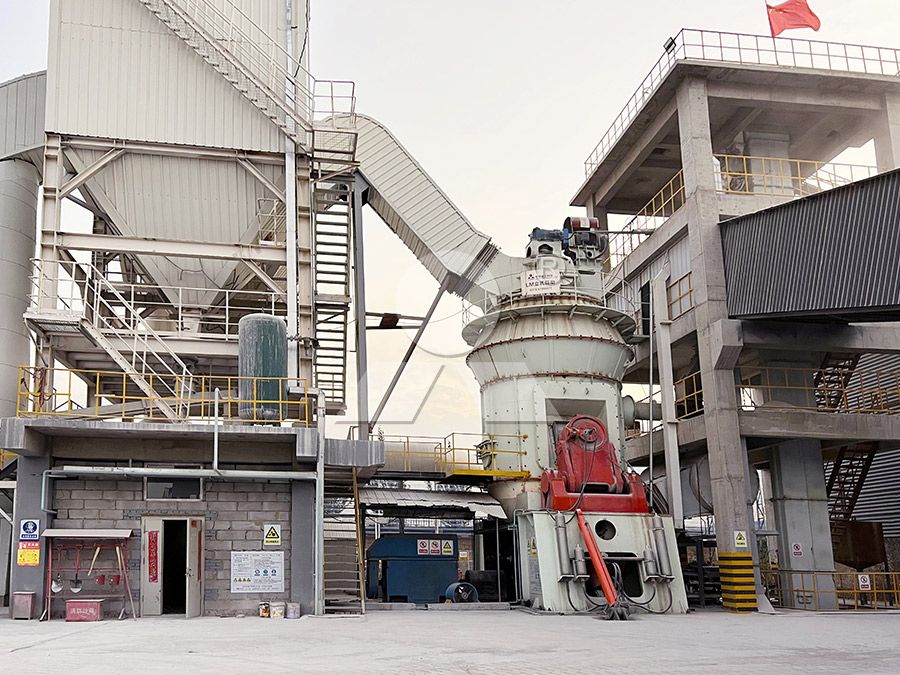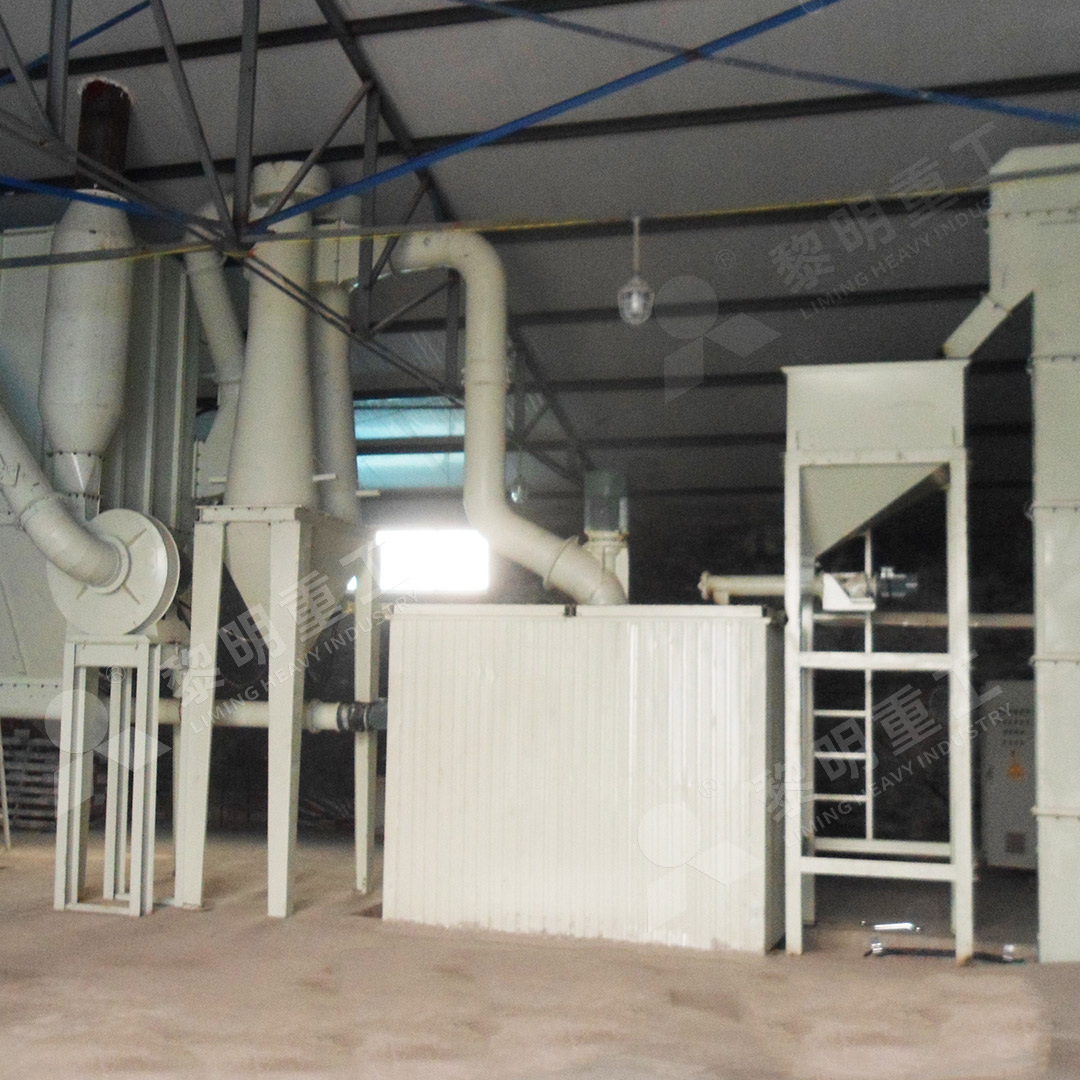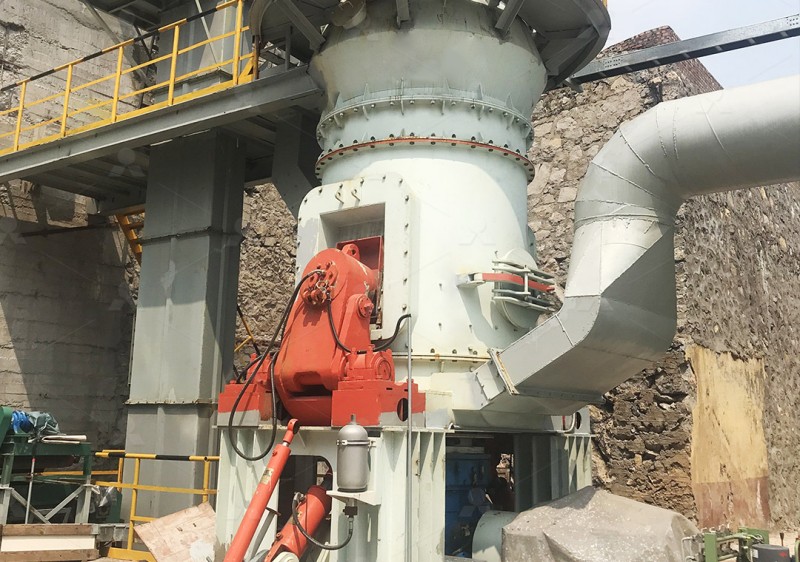Clay Vertical Mill: Efficient Grinding Solution for Kaolin Processing
Clay Vertical Mill: Efficient Grinding Solution for Kaolin Processing
In the world of industrial mineral processing, kaolin stands as one of the most versatile and widely used clay minerals. From paper coating and fillers to ceramics, paints, and pharmaceuticals, the demand for high-quality kaolin products continues to grow. However, achieving the precise particle size distribution and purity required by these applications presents significant challenges for processors. This is where advanced grinding technology, particularly vertical mill systems, demonstrates its superiority.

The Kaolin Processing Challenge
Kaolin, also known as china clay, requires careful processing to maintain its natural brightness and chemical properties. Traditional grinding methods often introduce contamination, generate excessive heat that can alter the material’s structure, and fail to achieve the uniform particle size distribution demanded by premium applications. The ideal grinding solution must preserve the material’s inherent qualities while delivering consistent, high-volume production.
Vertical mill technology has emerged as the preferred solution for kaolin processing due to its ability to handle the material’s specific characteristics. Unlike conventional ball mills or Raymond mills, vertical mills employ a bed grinding principle that minimizes direct metal-to-mineral contact, reducing iron contamination—a critical factor for maintaining kaolin’s brightness and purity.
Advanced Technology for Superior Results
Modern vertical mills incorporate several technological advancements that make them particularly suitable for kaolin processing. The integration of drying, grinding, classification, and conveying within a single unit streamlines operations and reduces energy consumption. Advanced control systems allow operators to precisely adjust grinding parameters to match the specific characteristics of different kaolin deposits.
One standout solution in this category is our MW Ultrafine Grinding Mill, specifically engineered for customers requiring ultra-fine powder production. With an input size capability of 0-20 mm and capacity ranging from 0.5 to 25 tph, this machine represents the cutting edge of grinding technology for kaolin and similar materials.

Key Advantages for Kaolin Processing
The MW Ultrafine Grinding Mill delivers exceptional performance through several innovative features. Its newly designed grinding curves for the roller and ring assembly enhance grinding efficiency significantly. Compared to jet mills and stirred grinding mills operating at the same fineness and power, the MW mill achieves 40% higher production capacity, with output twice that of traditional ball mills, while consuming only 30% of the energy of jet milling systems.
For kaolin processors, the adjustable fineness between 325-2500 meshes provides remarkable flexibility. The German-engineered cage-type powder selector ensures precise separation, while the option for multi-head configurations allows customization based on specific production requirements for yield, fineness, and sieving rate. The system consistently achieves d97≤5μm in a single pass, eliminating the need for repeated processing.
Operational Excellence and Environmental Compliance
Beyond performance metrics, the MW Ultrafine Grinding Mill addresses practical operational concerns. The absence of rolling bearings and screws in the grinding chamber eliminates common failure points and maintenance headaches. External lubrication points enable continuous 24-hour operation without shutdowns for maintenance.
Environmental considerations are thoroughly addressed through integrated pulse dust collection and noise reduction systems. The efficient pulse dust collector ensures dust-free operation across the entire milling system, while silencers and noise elimination rooms maintain workplace comfort and regulatory compliance. The entire production process aligns with national environmental protection standards, making it an environmentally responsible choice.

For operations requiring slightly different specifications, our LUM Ultrafine Vertical Grinding Mill offers another excellent option. With input size of 0-10 mm and capacity of 5-18 tph, it incorporates the latest grinding roller technology from Taiwan and German powder separating technology. The LUM mill’s unique roller shell and lining plate grinding curve generates material layers more effectively, enabling high rates of finished products through single-pass milling while enhancing whiteness and cleanliness.
Implementation Considerations
When integrating vertical mill technology into kaolin processing operations, several factors warrant consideration. Plant layout should account for the mill’s compact footprint while ensuring adequate access for maintenance. Material handling systems must be designed to feed the mill consistently, as uniform feeding significantly impacts grinding efficiency and product quality. Proper training for operational staff ensures that the advanced control systems are utilized to their full potential.
The digital processing capabilities of modern vertical mills, including numerically controlled operations for cutting, bending, planing, milling, and paint spraying, guarantee high precision, particularly for core components. Combined with comprehensive spare parts support and technical services, these systems deliver worry-free operation and maximum uptime.
Frequently Asked Questions
What makes vertical mills particularly suitable for kaolin processing?
Vertical mills minimize iron contamination through reduced metal-to-mineral contact, preserve material properties through controlled temperature operation, and deliver uniform particle size distribution—all critical factors for high-quality kaolin products.
How does the MW Ultrafine Grinding Mill achieve energy savings compared to traditional systems?
The MW mill’s optimized grinding curves and efficient separation system reduce energy consumption by up to 70% compared to jet mills and 50% compared to ball mills while achieving higher production rates.
What maintenance requirements should kaolin processors expect with vertical mill systems?
With no rolling bearings or screws in the grinding chamber and external lubrication points, maintenance requirements are significantly reduced. The reversible structure of models like the LUM mill allows easy access to grinding components without extensive disassembly.
Can vertical mills handle variations in kaolin moisture content?
Yes, integrated drying capabilities allow vertical mills to process kaolin with varying moisture levels, eliminating the need for separate drying equipment in many applications.
What particle size ranges can be achieved with the MW Ultrafine Grinding Mill?
The MW mill offers adjustable fineness between 325-2500 meshes, with the ability to achieve d97≤5μm in a single pass, covering the full spectrum of kaolin product requirements.
